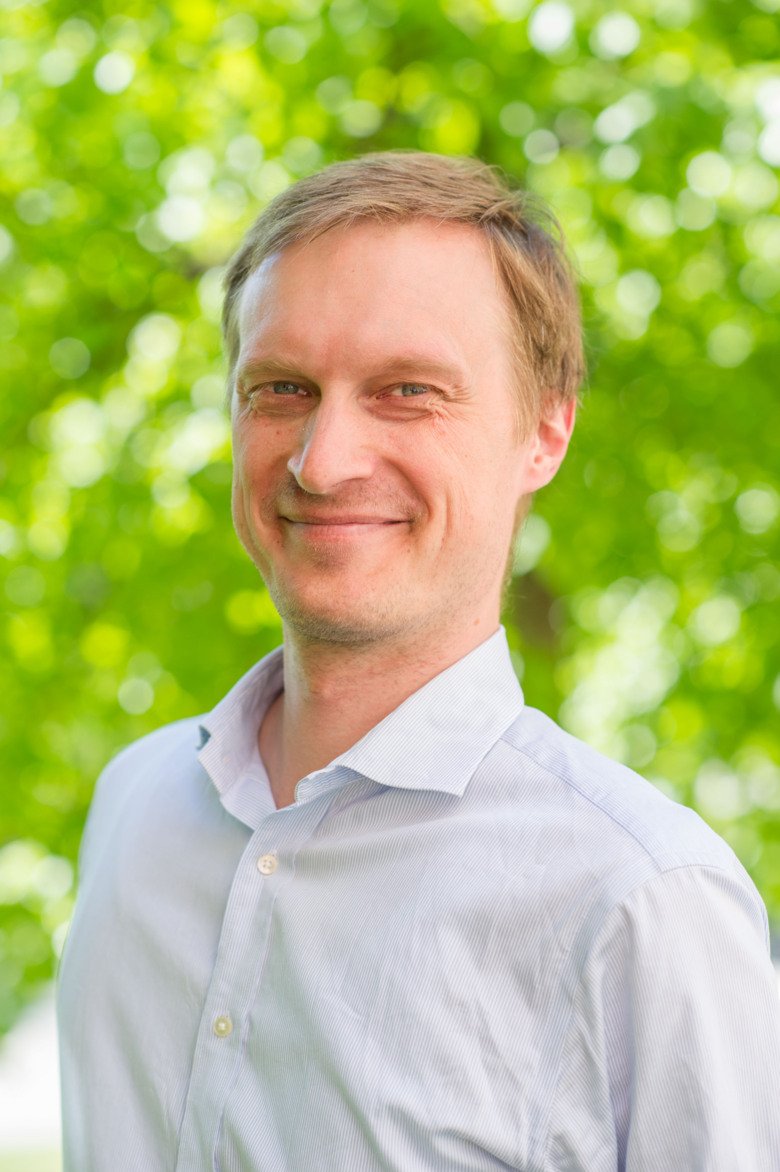Now we get to keep tabs on our cells
According to recent estimates, the human body consists of 37 trillion cells. In the international initiative Human Cell Atlas, researchers want to map each cell type in the entire body. Sten Linnarsson at Karolinska Institutet is participating in the project.

Text: Mårten Göthlin, first published in Swedish in Medicinsk Vetenskap No 1, 2017.
Hundereds of international researchers will cooperate to map millions of cells in all tissues of thebody. The aim is to create a 3D map of all cell types in the body and decide whichcharacteristics make each cell type unique. The most essential work will be mapping which genes areactive in different cells and where in the body they are located.
Other properties, such as the form of cells, electrical properties and interaction with other cells will be added gradually. The results will be available directly and can be accessed by everyone. Initiallycells from a few individuals will be analysed for each tissue. At a later stage, analyses of moreindividuals will allow the study of, for example, geographical differences and certain diseases.
Sten Linnarsson, Professor at the Department of Medical Biochemistry and Biophysics, is a part of theinitiative’s steering group and is one of the researchers behind development of the techniques whichenable the project. His plan is for Sweden and Karolinska Institutet to be responsible for the mappingof cells which control development of the embryo and the human nervous system.
“I personally feel that the interaction between cells which control this is very interesting. And Karolinska Institutet also has the technology and several strong research teams within developmentbiology which may be beneficial for the project,” he says.
300 million cells is what the Atlas will contain.
30 million cells from the most important organ systems will be mapped in an initial draft which will be ready in 2020.
100 million EUR is required to complete the first draft. The estimated cost of the complete atlas istenfold.
Similar to the Human Genome Project which mapped all human genes in the 1990s, researchers hope that the Atlas will increase understanding of the mechanisms behind many diseases.
“Until now the focus has mainly been on which genes are linked to diseases. Now we want to find out where and when they are active and how interaction of different cells contributes to a disease progression", Sten Linnarsson says. "The Atlas can allow progression from a list of genes to a concrete hypothesis of how diseases occur."
So far 17 organisations and companies across the globe are financing partners of the initiative,including the foundation of Mark Zuckerberg and Priscilla Chan. The states Japan, Australia and India are also participating. In June 2017, Sten Linnarsson will lead the initiative’s meeting at Karolinska Institutet.
Around the body – some cell types
For us to function, cells with many different types of functions are required. Here we list five types of cells, which you did not know you have.
Radial glial cells
They lead the way. Radial glial cells are the source of the adult brain cells. They are also necessary for the cells of the nervous system to travel to their right place in the body during the embryo development. They may assume many different forms and functions. They remain in some areas of the adult brain and continue to form new nerve cells.
Ependymal cells
They keep pumping. Ependymal cells are located in the brain’s cerebrospinal fluid filled cavities, the ventricles, and form a membrane between the brain and cerebrospinal fluid. Their most important function is to produce cerebrospinal fluid and pump it around with its rejected material, the cilia. If ependymal cells are isolated, they continue to also pump mechanically outside the body. In 1999, Jonas Frisén’s research team also found that they are stem cells, which can develop to new nerve cells.
Retinal ganglion cells
They are messengers of light. Retinal ganglion cells are important, among other things, for our ability to see details, movement and contrast. They occur in different forms and each cell type sends a specific visual message to the brain. So far researchers do not know how many types of retinal ganglion cells exist or what images their signals send in the brain.
Merkel cells
They make us sensitive to touch. The rare Merkel cells are found in the more sensitive areas of the skin such as the fingertips and lips. They are often located close to nerve cells and are important for feeling light touch and detailed structures. It is also thought that the cells are involved in growth and the development of other skin cells.
Tuft cells
They taste the intestine content. Tuft cells only comprise a small percentage of all epithelial cells in the intestine, but can easily be recognised due to their tuft-resembling outgrowths. For a long time researchers have tried to understand why these cells have the same signal system that the tongue uses to detect certain tastes. In 2016 researchers found that they increase significantly during parasitic infections and that the signal system for tastes may be decisive for fighting infections.
Reference: Moll I et al, European journal of cell biology, 2005. | Howitt MR, et al, Science, 2016. | Gerbe F et al, Cellular and Molecular Life Sciences, 2012. | Gerbe F and Jay P, Mucosal Immunology, 2016 | Reid L et al, American journal of respiratory and critical care medicine, 2005. | Woo S et al, Nature, 2014. | Woo S, Lumpkin EA, Patapoutian A, Trends in cell biology, 2015. | Baden T et al, Nature, 2016.
